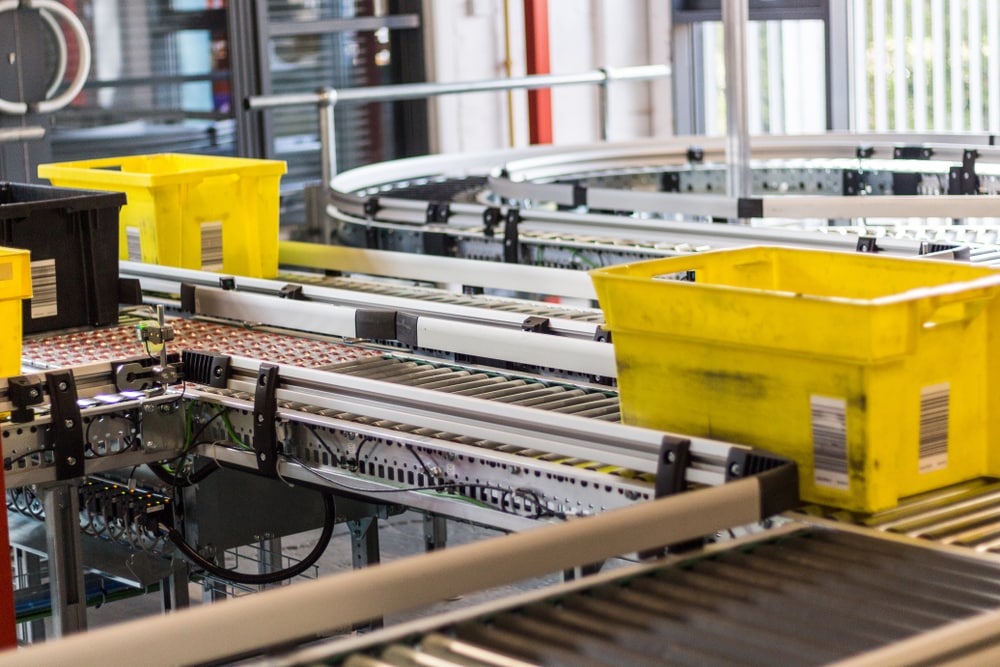A manufacturing component is under warranty and must be repaired. A high-end consumer item is fixed instead of thrown in a landfill. Parts inventory and product testing for items such as electronics must be consistent and efficient.
Statistics vary, but it’s estimated that anywhere between 5% to 30% of items are returned because they arrive damaged or faulty. If your B2B or B2C enterprise repairs items instead of throwing them away, you’re offering a valuable service for customers and the planet. But repairs management is also a potentially costly and complex service if not executed efficiently.
How returns technology improves repairs management
A returns management system (RMS) helps you maximize the value of a return and better control the customer experience. Although some companies rely on home-grown or older systems for repairs management, these solutions offer limited visibility, no real-time parts management, and little automation or task standardization.
By fully integrating with other supply chain management software, an RMS serves as the centralized system for managing the full repairs lifecycle and gives you total visibility into the process.
- Determine repairability for simple or complex repairs
- Gather critical data to track the true cost of repairs
- Track parts, inventory and labor
- Identify trends or product issues faster
- Integrate with any testing suite for products that require testing and wiping
Let’s look at some of the key ways an RMS facilitates more efficient operations, lowers repair costs and gives you actionable data.
Verify Warranty Eligibility
Easily manage customer registrations, coordinate returns, and seamlessly manage in-warranty and out-of-warranty repairs in a single platform.
If a product is potentially under warranty, an RMS can facilitate and speed up the verification process by looking up order information, provide a warranty authorization, and send shipping information directly to your B2C or B2B customer.
Receive and Inspect
Whether you have a centralized location for receiving and making repairs or use a network of locations, an RMS offers uniform access across stores, owned facilities and third-party partner locations. Robust policy and rules engine reinforce your policies, claims rules, vendor entitlements and approval hierarchies. Set rules and policies that standardize the repairs processes to ensure the most cost-efficient and time-efficient operations.
Before ReverseLogix, a manufacturer of high-end suitcases and bags couldn’t finish processing holiday returns and repairs until April. With ReverseLogix automation and efficiency, the entire season is now completed in two weeks.
Making the Repair
After the item is received and inspected, the next step is to move it through the repairs process. Give your team and third-party partners the tools to standardize their tasks and guide them through each step.
- Configure workflows by item type or brand: Ensure sensitive customer information is deleted from electronics or that a designer accessory is cleaned prior to returning it to the customer.
- Set rules to reflect sustainability goals, such as recycling parameters or re-packaging requirements.
- Customized billing codes minimize guesswork and manual tasks by quickly informing employees about the repair issue they’re dealing with, the parts needed, and which workflows to execute.
- Parts management tools guide each employee on which parts to pull from inventory and how to efficiently repair an item.
If an item requires the work of more than one employee or department, an RMS will track it at every step, as well as track progress from multiple departments simultaneously so everyone can work on their piece at the same time. This significantly reduces repair time and gets the product back to the customer sooner.
Repairs Data and Intelligence
Get unprecedented visibility into the repairs process. See the big picture and identify consistent trends or problematic product issues faster.
- Real-time, detailed reports help you catch bottlenecks and issues before they become major problems.
- Collect information and take action, all in one centralized RMS platform.
- Customize reports for user roles, locations, products, brands and more.
- Analyze key warranty data, such as what percent of customers are registering a warranty-eligible product and anomalies in warranty requests that could signal a product defect.
- Get insight on manufacturing and sourcing changes that affect the bottom line.
Businesses without visible RMS analytics have 10 – 42% more complex returns lifecycles.
The ReverseLogix returns management system makes it simpler to maximize the value from any return. Easily manage parts replacement, warranty-based repairs, and testing integrations within a single platform, then seamlessly push key data to all other supply chain systems.
